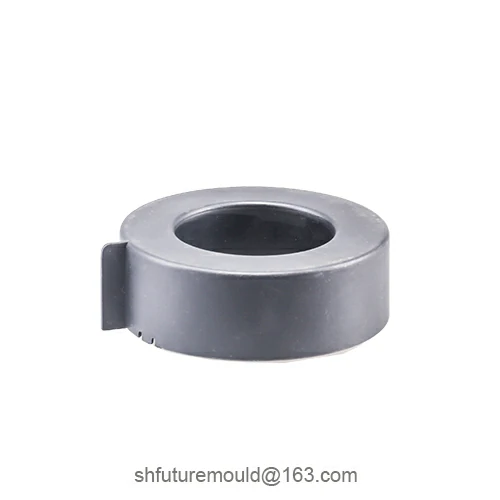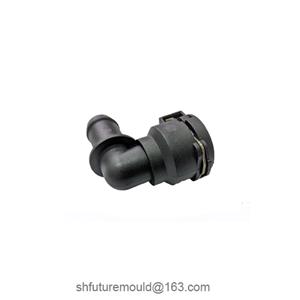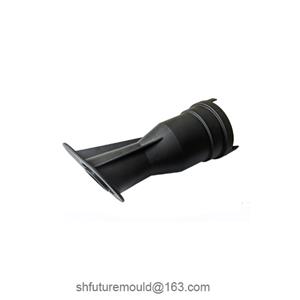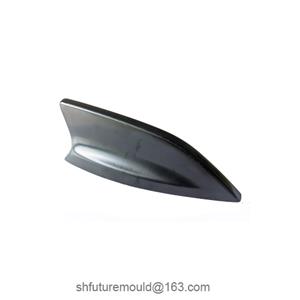The Role of Temperature Control Systems in Injection Molds
The temperature control system in an injection mold is a critical component for ensuring product quality, improving production efficiency, and extending mold lifespan. During the injection molding process, temperature regulation directly affects dimensional accuracy, surface finish, and cycle time.
1. Ensuring Plastic Flowability and Filling Performance
Molten plastic must maintain adequate flowability to fill the mold cavity smoothly. The temperature control system stabilizes mold temperature, preventing premature cooling of the plastic during filling. This avoids defects such as short shots, weld lines, or air pockets.
2. Regulating Cooling Rates to Enhance Product Quality
The cooling rate significantly impacts the mechanical properties and dimensional stability of plastic parts. Excessively rapid cooling can induce internal stress and warpage, while slow cooling prolongs cycle times and reduces efficiency. The temperature control system precisely manages cooling speed to ensure uniform solidification, minimizing uneven shrinkage and stress concentration.
3. Improving Surface Finish
Mold temperature directly influences the surface gloss of plastic products. Higher mold temperatures enhance contact between molten plastic and cavity walls, resulting in smoother surfaces with fewer defects like flow marks, silver streaks, or cold spots. Precise temperature control is particularly vital for high-gloss or transparent products.
4. Boosting Efficiency and Shortening Cycle Times
Optimized temperature control reduces cooling time, accelerating production cycles. Excessively low mold temperatures may cause parts to cool too quickly, leading to deformation or adhesion to the mold surface, complicating demolding. Proper temperature management minimizes unnecessary cooling delays, stabilizes production rhythms, and enhances overall efficiency.
5. Preventing Mold Damage and Extending Lifespan
Large temperature fluctuations during prolonged operation can induce thermal expansion and contraction, risking mold cracking, wear, or failure. The temperature control system maintains stable mold temperatures, reducing thermal stress and mechanical fatigue. This lowers maintenance costs and prolongs mold service life.
6. Adapting to Material-Specific Requirements
Different plastics demand specific mold temperatures. For example, crystalline polymers (e.g., PP, PA) require higher temperatures to promote crystallization and improve mechanical properties, while amorphous materials (e.g., PC, PMMA) need controlled temperatures to prevent degradation or optical defects. The temperature control system enables flexible adjustments to meet diverse material needs.
- Injection Mold
- Automotive Injection Mold
- Electronics & Electrical Injection Mold
- Consumer Goods Injection Mold
- Airplane Components Injection Mold
- Medical Components Injection Mold
- Irrigation Components Injection Mold
- Injection Molds




